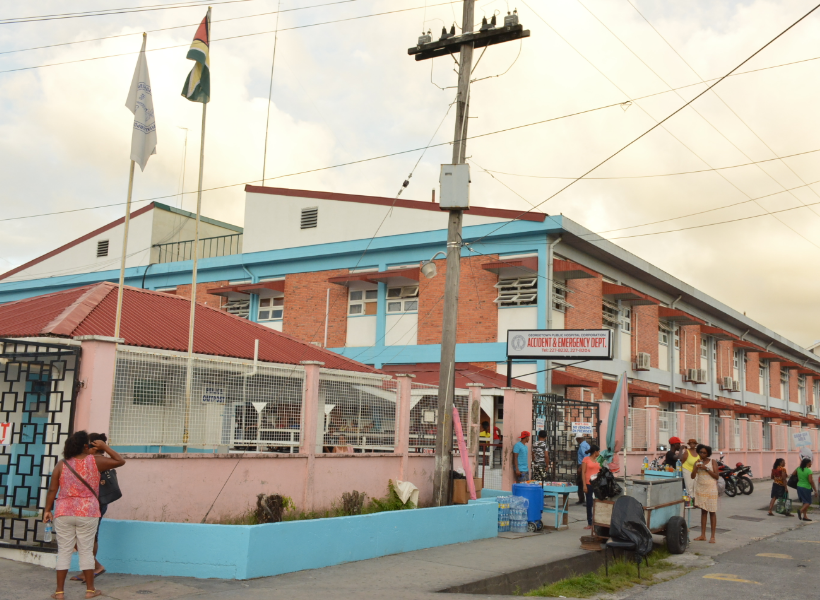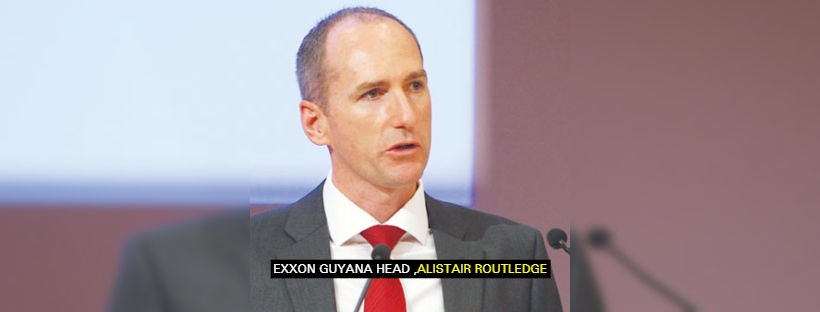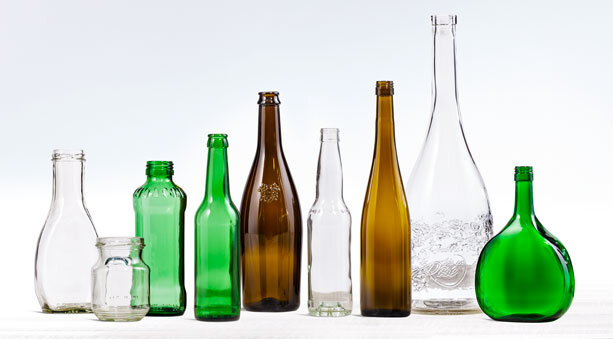By Joel Bhagwandin
Main Highlights
- The CARICOM Private Sector Organization (CPSO) is aggressively lobbying CARICOM to apply a Caribbean Community Common External Tariff (CET) on glass bottles imported into the region from extra-regional sources. This move is essentially to protect a regional producer of glass bottles, namely Carib Glassworks Limited, a subsidiary of the Ansa McAL Group of Companies out of Trinidad & Tobago.
- However, CARICOM should not facilitate the CPSO’s push for a CET on imported glass bottles from extra-regional sources. If Carib Glassworks wishes to set up a factory in Guyana, then it needs to do so within the current framework and take on the risks. In other words, it has to compete on price and quality versus preferential treatment for a poor-quality product.
- The concerns of conflicts of interests on the part of CPSO, Ernst & Young and Ansa http://Mc.AL needs to also be addressed.
- Furthermore, since there is only one producer in the region of glass bottles and the regional glass bottles market is worth over US$100 million, the objective of another locally owned factory in Guyana is welcomed. Therefore, if there is a local consortium that is prepared to invest in a glass bottle factory in Guyana, then such an investment should be pursued and given preferential treatment in terms of facilitation by the Government of Guyana.

The CARICOM Private Sector Organization (CPSO) is aggressively lobbying CARICOM to apply a Caribbean Community Common External Tariff (CET) on glass bottles imported into the region from extra-regional sources. This move is essentially to protect a regional producer of glass bottles, namely Carib Glassworks Limited, a subsidiary of the Ansa McAL Group of Companies out of Trinidad & Tobago.
According to industry players in Guyana, Carib Glassworks has been a poor supplier of the product in terms of quality and quantity. As such, there are concerns that if the CPSO succeeds in its efforts to have CARICOM impose a CET on extra-regional imports of the product, this will adversely affect the local industry.
There are other credible concerns of major conflicts of interests as well on the part of the CPSO. To this end, CARICOM has initiated a feasibility study in collaboration with the Inter-American Development Bank (IDB), which has subcontracted Ernst & Young to conduct a feasibility study for a glass bottle factory in Guyana. However, Ernst & Young is the auditor of the Trinidadian conglomerate, Ansa McAL.
It is interesting to note that the CPSO failed to consult with the industry players in a meaningful way. Moreover, the CPSO is well aware that the local beverages industry had already engaged the IDB to conduct a feasibility study for a glass factory, which would be an indigenous entity, rather than an extension of a regional counterpart that has been unable to adequately satisfy the quantity demanded and specified quality.
Guyana’s import of glass bottles which is primarily driven by the beverages industry, stood at US$10.667 million in 2020, US$11.332 million in 2021, and US$0.651 million in 2022. The 2022 out-turn corresponds to a decline in production of pharmaceutical liquids of 37% or a 12% decline in demand.
- Countries of Origin Guyana Imports Glass Bottles From :
- United Kingdom
- United States
- Canada
- China
- Egypt
- France
- Germany
- India
- Netherlands
- Pakistan
- Panama
- Trinidad & Tobago
Caribbean Community
The regional import of glass bottles in 2019 stood at US$84.3 million in 2019, and US$85.3 million in 2020, which increased to US$91.5 million in 2021, reflecting an increase of US$7.2 million from 2019 to 2021 or by 8.5%. Notably, Guyana’s import of glass bottles accounts for 13% of the regional imports in 2020 and in 2021.
An examination of the production data for alcoholic, non-alcoholic and pharmaceutical liquids for the period 2012-2021 indicates the following:
Alcoholic beverages produced in 2012 were 19,391 litres which reached a high of 29,252 litres in 2019, which fell to 16,946 litres in 2021. These out-turns were on account of fluctuations in domestic demand during these periods.
The non-alcoholic beverage experienced a similar pattern where total production in 2012 was recorded at 19,391 litres which reached a high of 58,921 litres in 2020―before it declined 28,642 in 2021.
Production of Malta in 763 litres in 2012 which reached declined to 283 litres by 2021. Unlike the alcoholic and non-alcoholic beverages that fluctuated in demand over the years, production of Malta has been on a steady decline through 2021 by 480 litres or 63%.
Production of pharmaceutical liquids moved from 489 litres in 2012 to a high of 760 litres in 2020 and down to 501 litres by 2021.
In view of the development trajectory that Guyana is embarking upon over the next decade coupled with the emerging oil and gas sector, and of course projects such as the gas-to-energy project―there is a strong case to support the establishment of an indigenous glass bottles factory.
More so, since there is only one producer in the region of glass bottles and the regional glass bottles market is worth over US$100 million, the objective of another locally owned factory in Guyana is welcomed.
Conclusion
CARICOM should not facilitate the CPSO’s push for a CET on imported glass bottles from extra-regional sources. If Carib Glassworks wishes to set up a factory in Guyana, then it needs to do so within the current framework and take on the risks. In other words, it has to compete on price and quality versus preferential treatment for a poor-quality product.
The concerns of conflicts of interests on the part of CPSO, Ernst & Young and Ansa http://Mc.AL needs to also be addressed.
Finally, if there is a local consortium that is prepared to invest in a glass bottle factory in Guyana, then such an investment should be pursued and given preferential treatment in terms of facilitation by the Government of Guyana.









